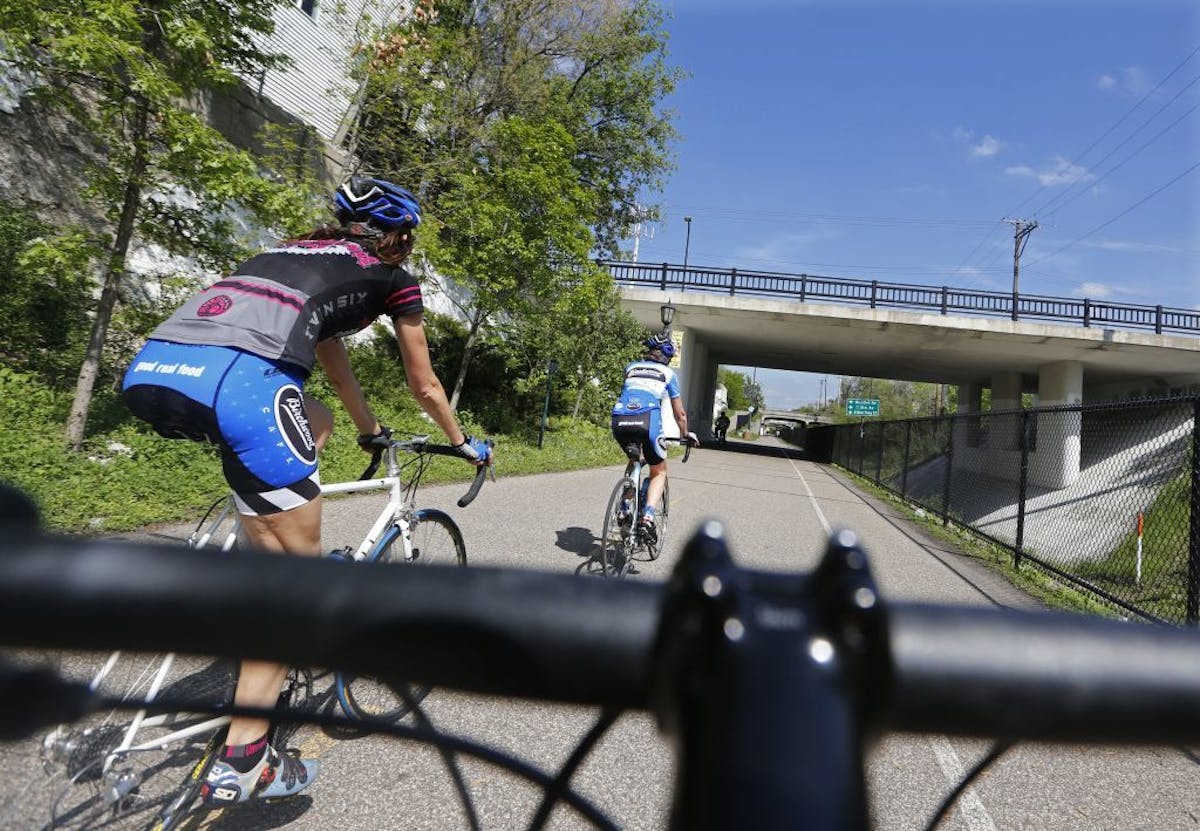It's taking Twin Cities commuters a lot longer to get to and from work these days.
Congestion on metro-area highways and freeways jumped 16% from 2018 to 2019, making Minneapolis-St. Paul the 23rd most traffic-clogged U.S. metro area, according to the Global Traffic Scorecard released this week by the Seattle-based traffic-tracking company INRIX.
Twin Cities drivers who commute during peak periods lose 52 hours a year sitting in traffic, up from 40 just three years ago, the annual analysis of congestion and mobility trends worldwide found. And gridlocked roads cost drivers here $770 a year, the survey found.
"We are driving slower," said INRIX chief analyst Trevor Reed.
INRIX used data from a variety of sources — cities, phones and vehicles — to measure the severity of congestion by looking at how much longer trips take during peak periods when highways are jammed vs. when they are free-flowing at the speed limit.
Longer and slower drives can be attributed to the growing population, Reed said. Census data showed the Twin Cities population grew by 8.8% to just under 3.1 million residents from April 2010 to July 2018. The Metropolitan Council forecasts a steady population growth of 1% per year.
"Minneapolis had relatively good congestion previously, but as you see continued growth, that results in negative trends as far as traffic congestion goes," Reed said.
The most traffic-choked route in the Twin Cities was Interstate 94 in both directions between Snelling Avenue in St. Paul and the Fish Lake Interchange where Interstates 94, 694 and 494 converge in Maple Grove. Motorists also encountered severe delays on Hiawatha Avenue between downtown Minneapolis and the Minneapolis-St. Paul International Airport and on Interstate 494 through Bloomington between 34th Avenue near Mall of America and Hwy. 169 in Eden Prairie, Reed said.
The INRIX results dovetail with Minnesota Department of Transportation's most recent congestion study last summer. The agency had a different metric in measuring congestion levels than INRIX. MnDOT defined congestion as when traffic moved at 45 mph or less. Using that standard, MnDOT found that drivers were caught in congestion 25% of the time during morning and afternoon rush periods, the highest level since MnDOT began tracking traffic flow in 1993.
As metro area roads become more packed, it could be worse. For the second straight year, INRIX found Boston had the worst traffic. Drivers there lost an average 149 hours a year — more than six days — stuck in traffic. Chicago, Philadelphia, New York City and Washington, D.C., round out the top five cities for ugly traffic.
The best city studied for driving was Wichita, Kan., which had the lowest congestion levels with drivers losing only two hours a year.
Tim Harlow • 612-673-7768

Prosecutor shake-up in Mary Moriarty's office in murder case against State Trooper Ryan Londregan

Israel-Hamas war creates 'really fraught times' at Minn. colleges

Sexually transmitted diseases in Minnesota are down, but HIV and newborn syphilis cases are up

